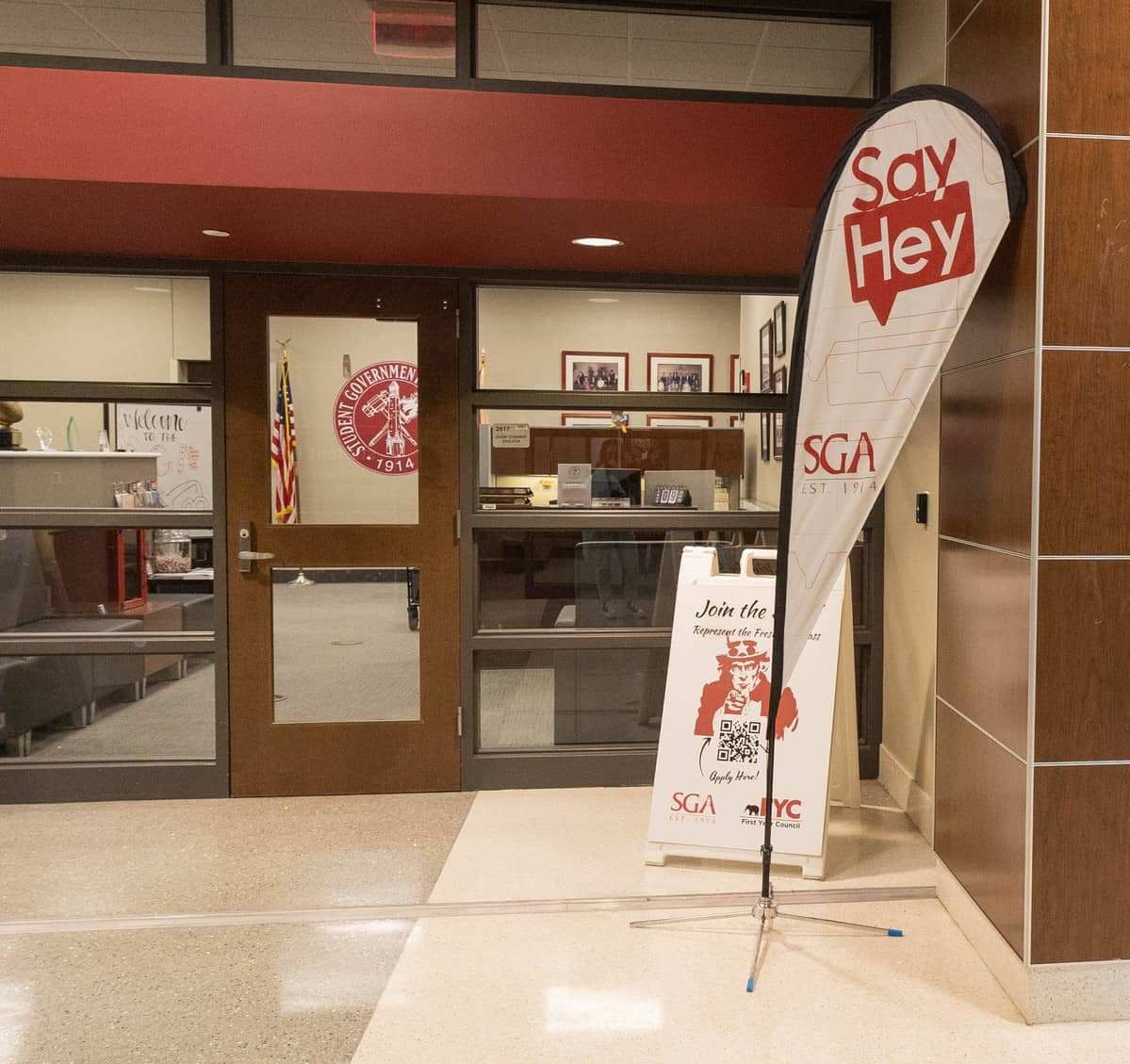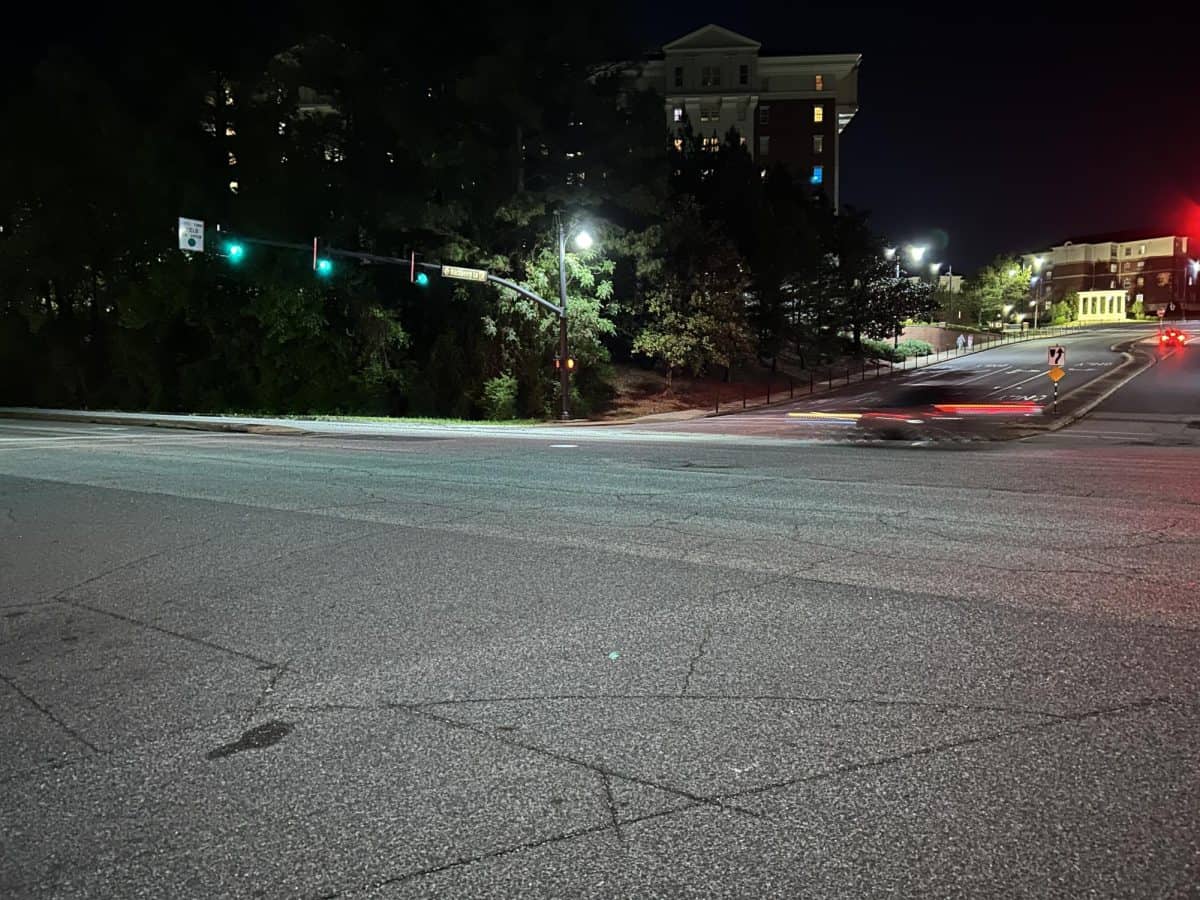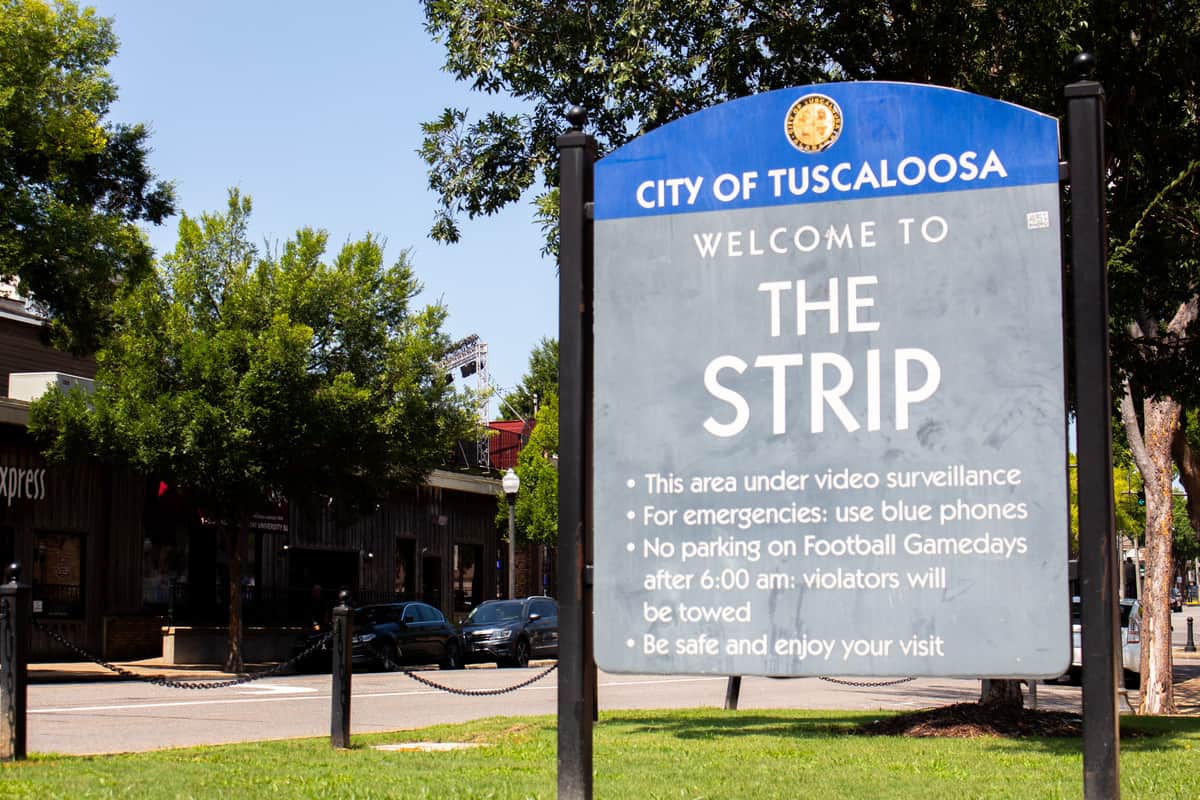Students in local schools are familiar with test preparation and critical thinking, but as of this year they may also be familiar with a University of Alabama graduate student who regularly comes into their classroom to promote creative learning as a part of the UA Writers in the Schools program.
Kenny Kruse, director of WITS, said the program came from a panel discussion about community outreach. The UA creative writing program was already hosting a creative writing club for local high school students, but Kruse said WITS wanted to move beyond self-selected students.
“We wanted to go into classrooms and reach everyone,” he said.
(See also “Creative Writing Club enables high school authors“)
The program is two-fold, intended both to connect graduate students – many of whom Kruse said are out-of-state students – to their community, as well as to expose students and teachers to creative thinking skills and education that can get squeezed out of a system focused on test scores.
“A lot of kids don’t believe that what they have to say is valuable. Art is a place where there is no right answer. Any kid can write an awesome poem,” he said. “If creativity isn’t cultivated, people will accept the world as it is and not see alternative ways of doing things.”
The danger is not just that students might only be pushed to perform better on tests, Kruse said, but that students might only care about performing better on tests. In doing so, he said, they could miss out on life skills that would also be important in college preparation and job hunts.
“I think being able to think for yourself really is what creative education is about,” he said. “Being able to think for yourself, being able to stand for what you believe in outside of what other people pressure you to think – I think those are really valuable skills no matter what field you’re going into.”
Kruse said many of the teachers they work with were already promoting creativity in the classroom. In fact, he said Tuscaloosa City Schools felt WITS supported their curriculum standards and were 100 percent on board.
(See also “Unlocked UA holds Alabama charter school forum“)
Trina Busby, a teacher at Northridge High School in the city school system, said she finds it important to try and work creative assignments into her teaching, but the curricula of the AP English Language and Literature courses she teaches do not focus on creative writing.
“Creative thinking helps them look at writing in new ways and, for many, expands their writing beyond expository or persuasive, which is all they have ever written,” she said. “They love being in control of what they’re creating and don’t see it as work. They think it is fun, and that’s always a good thing.”
Last semester, WITS placed four UA student writers into about five or six classrooms at three schools a few times. This semester, the program works with 23 writers in 10 schools every other week, with three more schools in talks for a program of their own.
“It allows students to expand their minds and use their imaginations in ways that traditional writing assignments do not,” she said. “I think it increases the value of their learning.”
Busby said she thinks teachers at other schools at many levels could definitely replicate the program, but she and Kruse both agree that there is value to having UA students come in and teach the course.
“It adds that something special to the experience overall,” Busby said.
Maryella Matthews, a women’s studies graduate student, has been working with an eighth-grade class at Rock Quarry Middle School in language arts. She said the activities she and the teacher design intentionally provide both parameters and flexibility.
“Oftentimes, students think there is one correct answer, so they have a tendency to kind of over-analyze the exercise,” she said. “At times they will try to … ask for a correct answer, but when they’re developing their own creativity, there’s really no wrong way to do it.”
Matthews said the promotion of creative thinking skills impacts both the individual and the community.
“There is a lot of evidence that shows that these skills are things that will carry on for the rest of their life,” she said. “It enables our society to grow and expand in ways that we may not have possibly thought about.”
Sally Rodgers, WITS director of curriculum and media, helps the elementary schools in the program. Her job includes creating a curriculum database for teachers. She said, for younger students, creative thinking can often be taught through play.
“That means through activities that they’re directing, not through activities that the teacher is directing and showing them how to do,” she said. “I think that children who are younger encounter language in a different way, too. They’re still making up the rules as they go so they’re willing to take more risks. It can be sort of liberating of them, too. When they’re given new tools, they really run with it.”
Collaborating with young students, like writing a story that they dictate, can be exciting for kids, she said. But she said it also fills a gap that is created when schools only champion five-paragraph essays and cover letters.
“Creativity is a way of thinking. It’s not just arts. It affects your entire life,” Rodgers said. “If you can learn how to think creatively, it’ll have a positive effect on everything else you’re learning. We see it as important to the very foundation of education.”
(See also “MFA students fund writing programs online“)






